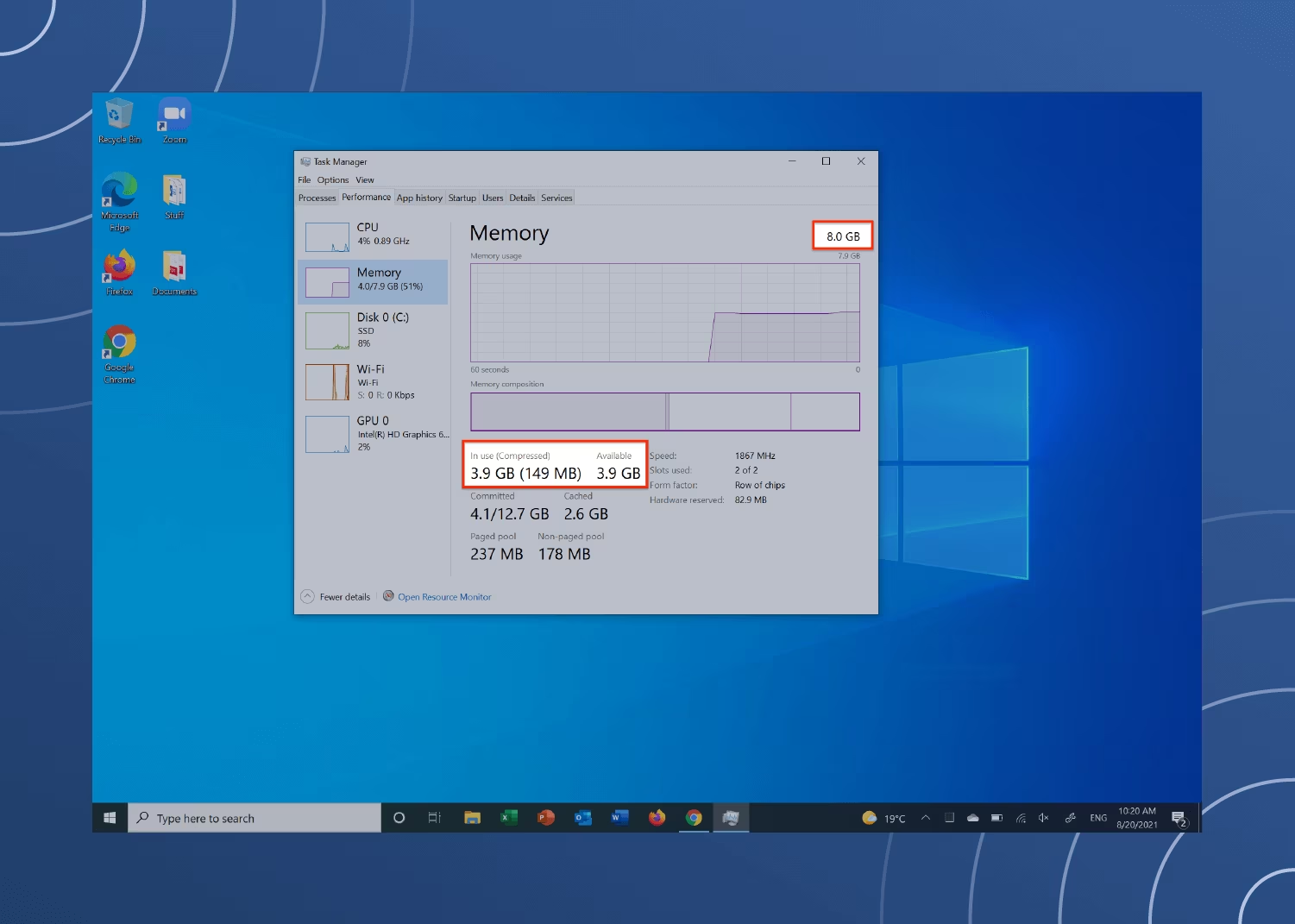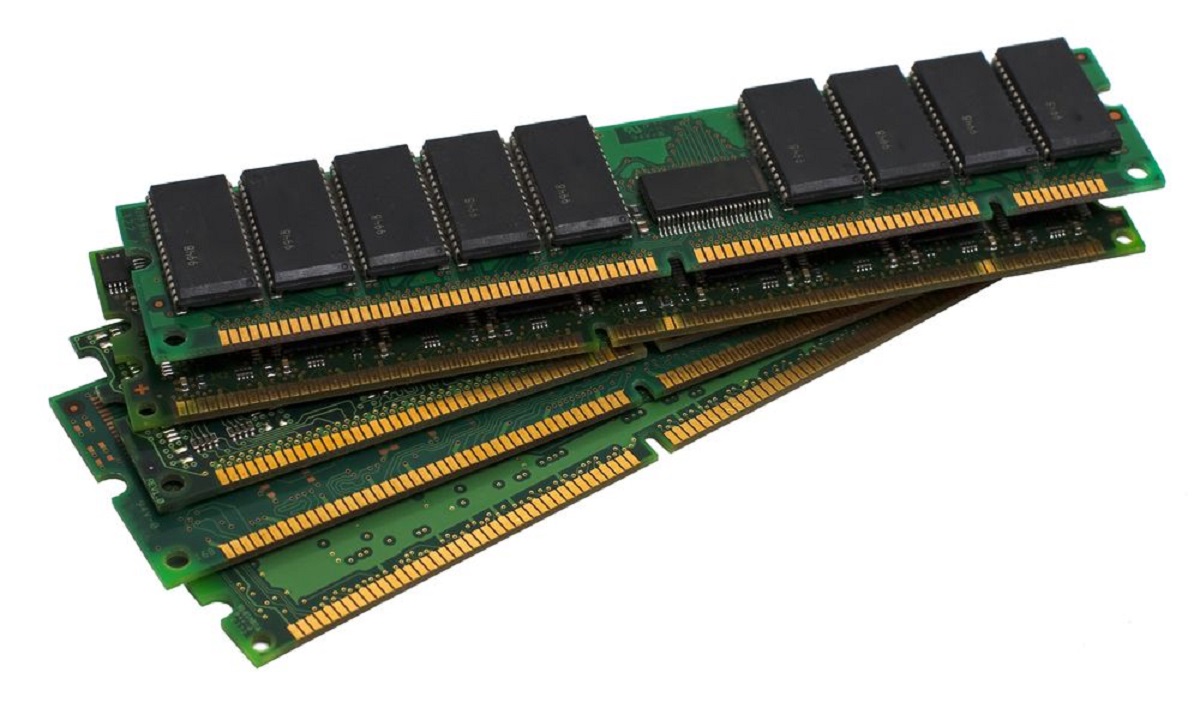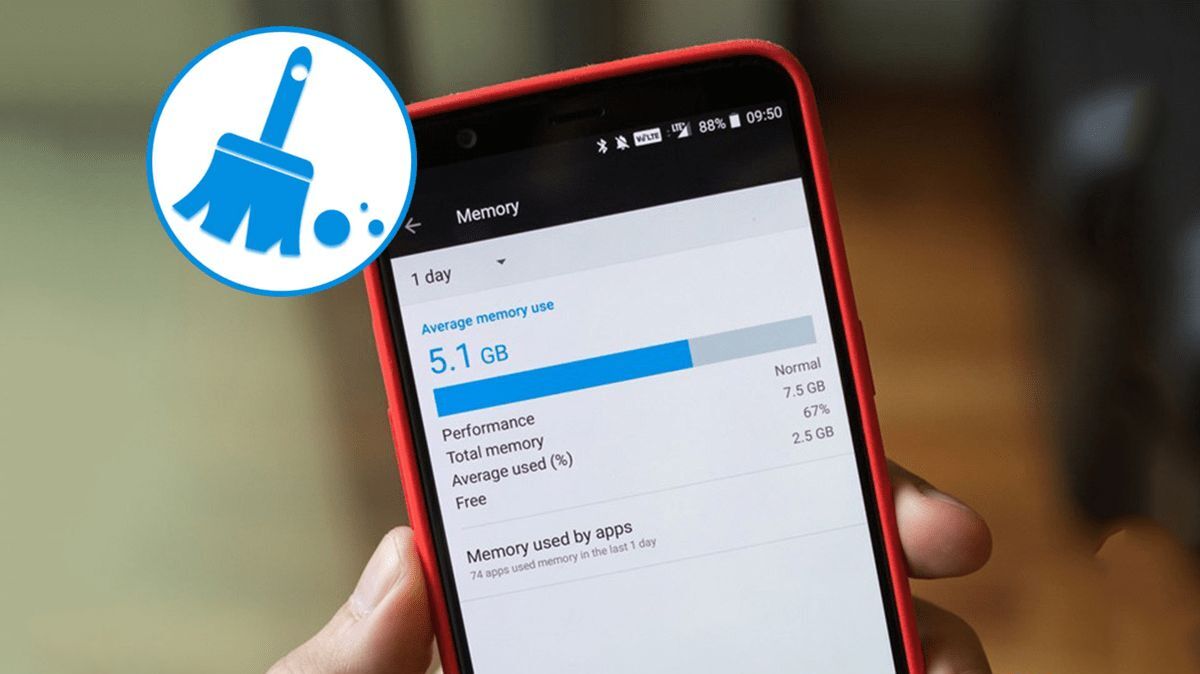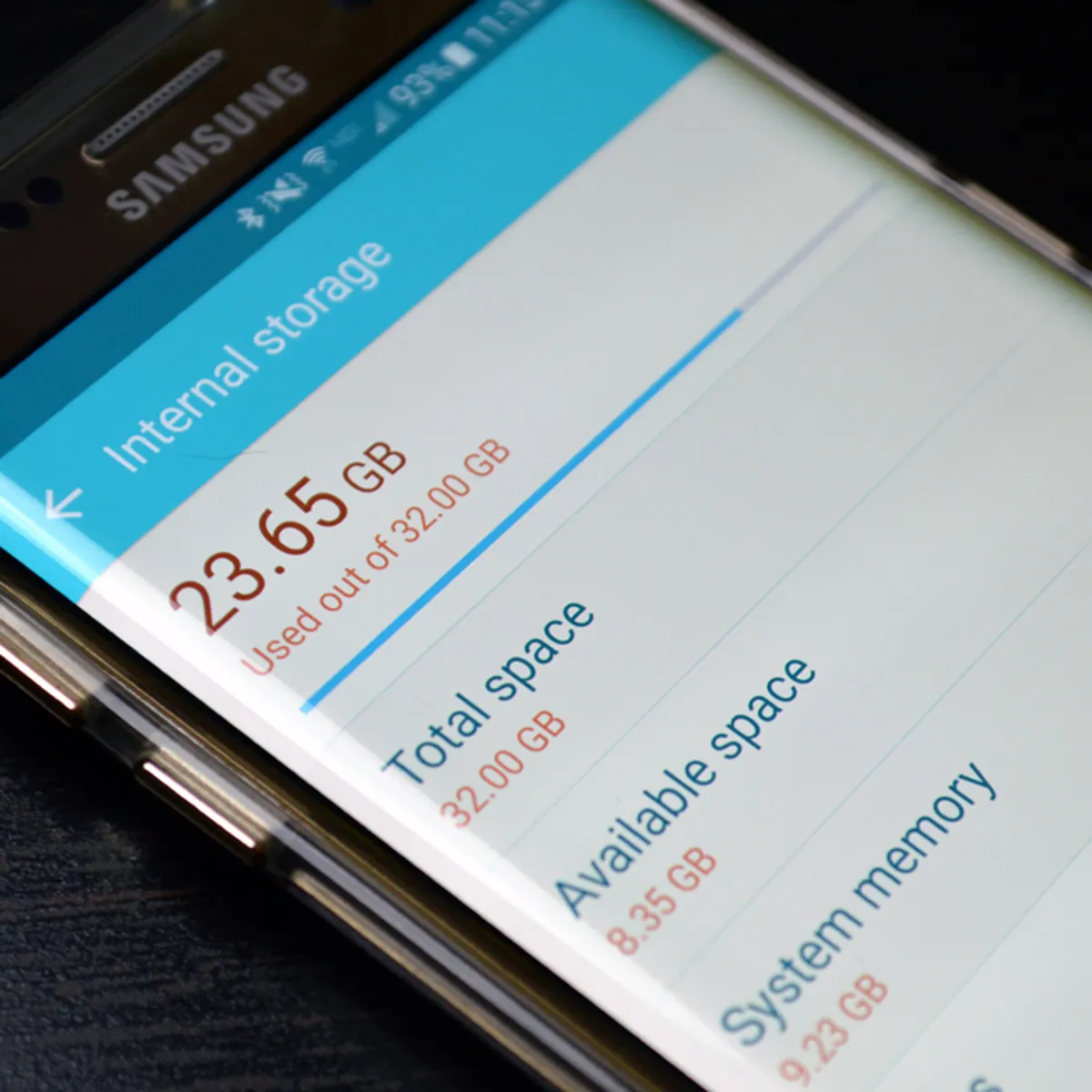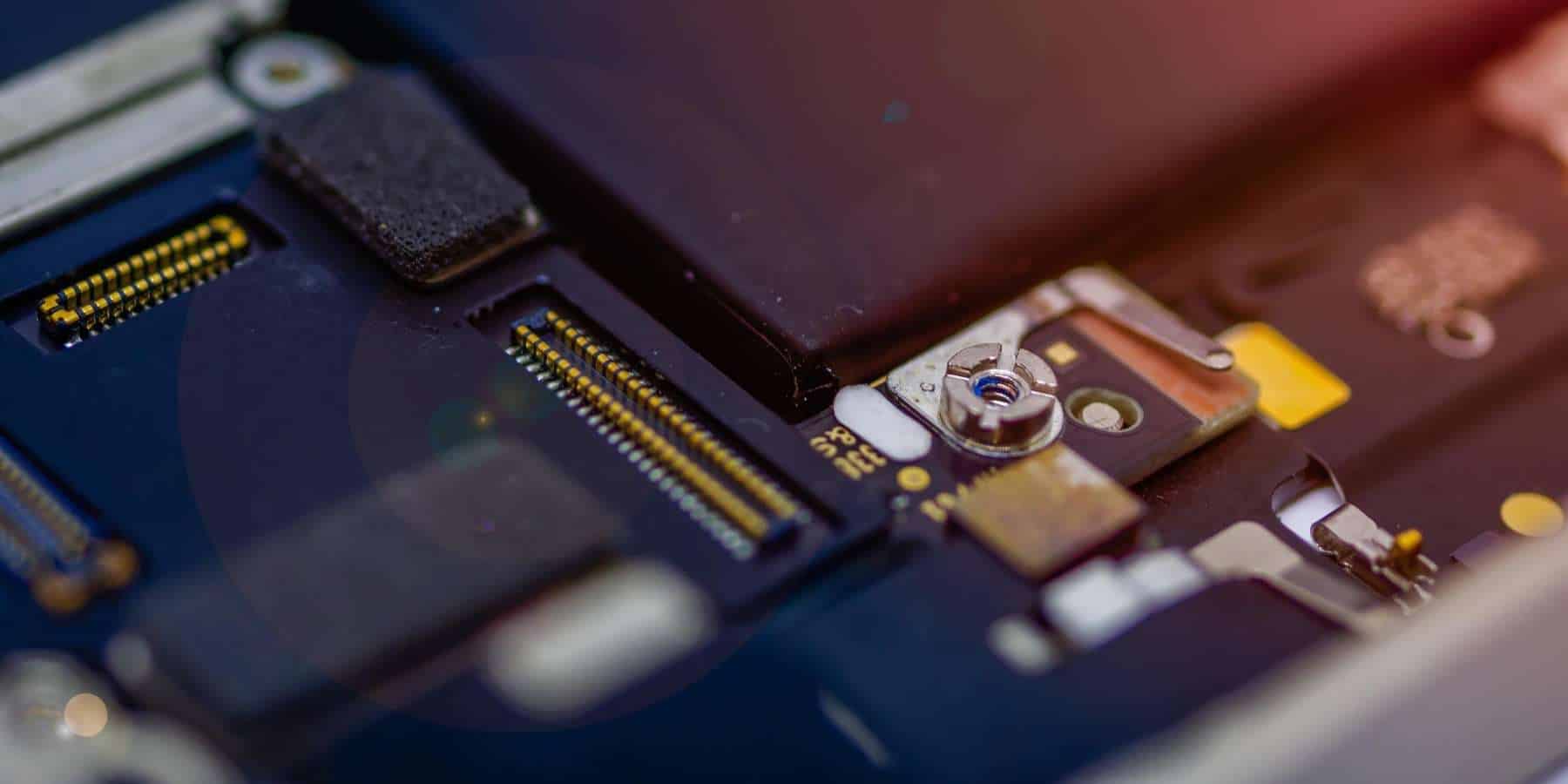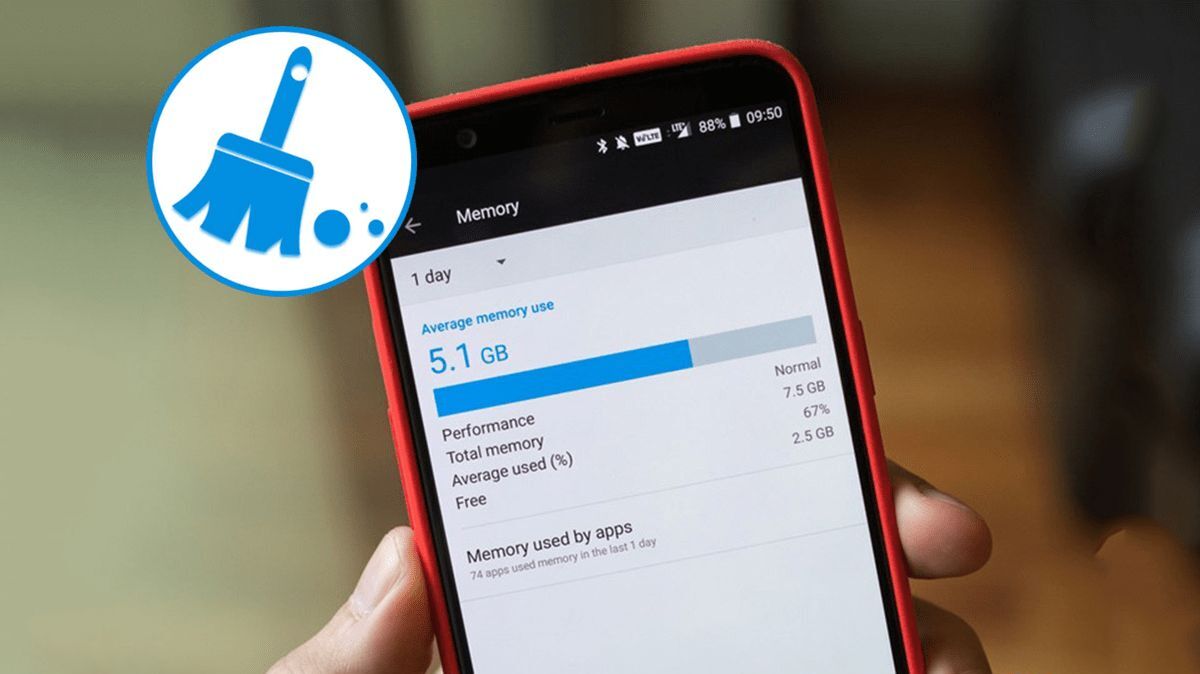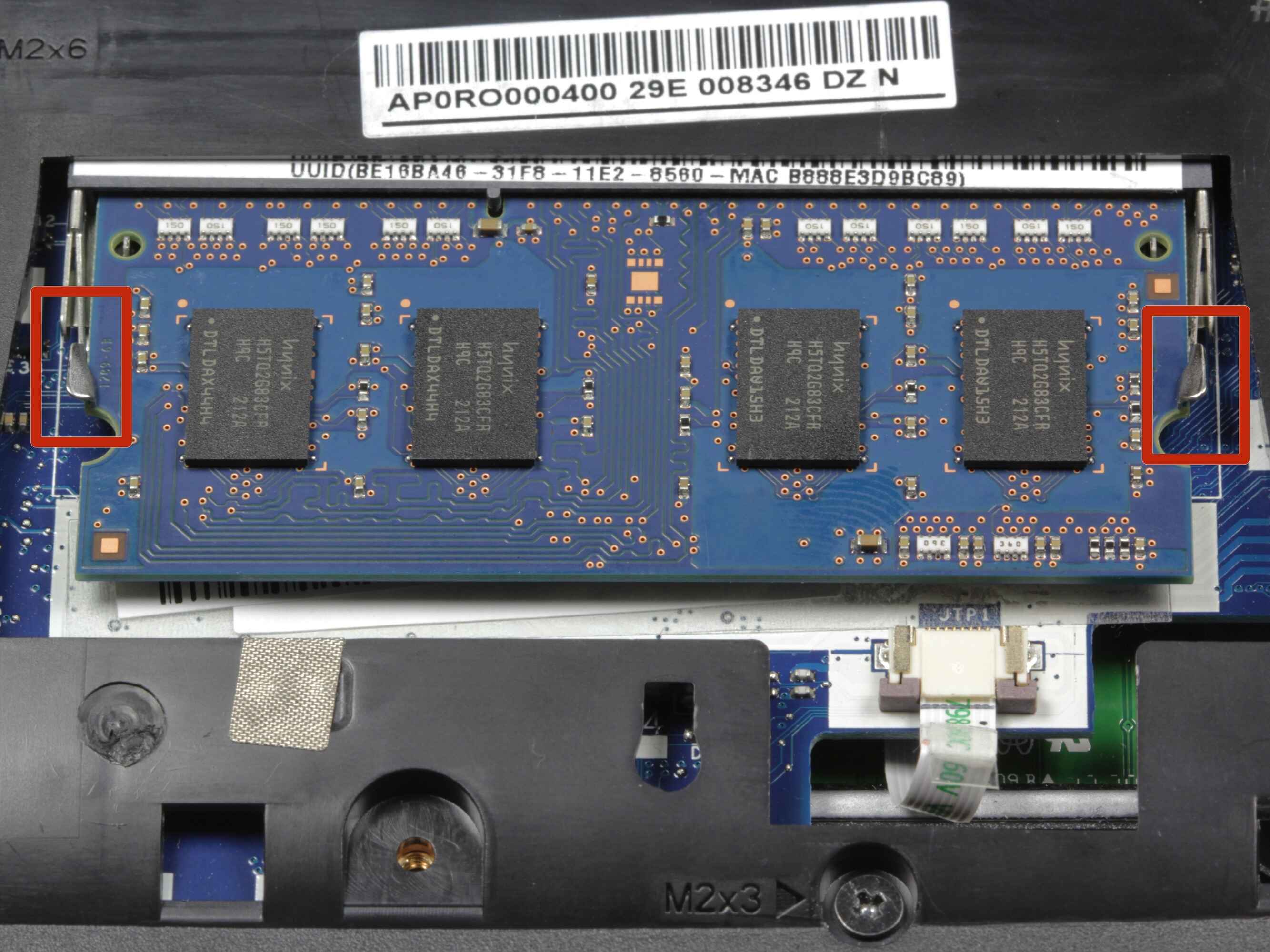Introduction
Welcome to this informative guide on how to clear RAM cache. In today’s technology-driven world, where multitasking has become the norm, the functioning of our devices often relies on the efficient utilization of resources such as Random Access Memory (RAM). RAM cache, also known as memory cache, plays a crucial role in improving the overall performance of our computers.
However, over time, the RAM cache can become cluttered with temporary data, unnecessary processes, and outdated information, leading to decreased system performance. To ensure optimal functioning and to regain lost performance, it is essential to clear the RAM cache regularly.
Whether you are a seasoned computer user or a novice, understanding how to clear RAM cache is a valuable skill. It can help resolve slowdowns, improve responsiveness, and create a smoother user experience. In this guide, we will explore various methods to clear the RAM cache on different operating systems, including Windows, Mac, and Linux.
The methods covered in this guide are simple and safe to perform, and you don’t need any technical expertise. So, if you’re ready to optimize your computer’s performance and get it running like new, let’s dive into the different methods of clearing RAM cache.
It is important to note that clearing the RAM cache is different from clearing the entire system’s RAM. When clearing the RAM cache, only the temporary files and data are removed, while the important system processes and files remain intact. This process does not cause any data loss or affect the functionality of your computer in any adverse way.
Now that we have a basic understanding of RAM cache and why it is necessary to clear it let’s explore the different methods in detail. Whether you’re using a Windows, Mac, or Linux operating system, we’ve got you covered.
What is RAM Cache?
RAM cache, short for Random Access Memory cache, is a component of your computer’s memory management system. When you run applications or perform tasks on your computer, it stores data in the RAM for quick access. The RAM cache keeps track of frequently used data, making it readily available for the processor, which results in faster response times and improved system performance.
Think of RAM cache as a temporary storage space where your computer keeps data that it predicts you will need again soon. This data can include recently accessed files, program instructions, and other temporary information. By storing this data in the RAM cache, your computer can access it more quickly compared to retrieving it from your hard drive or other storage devices.
One of the main benefits of RAM cache is that it reduces the need for your computer to constantly read from and write to your hard drive, which is a slower process. This can significantly speed up your computer’s performance, allowing you to multitask seamlessly and navigate through applications smoothly. The more RAM you have, the larger the cache can be, leading to improved system responsiveness.
RAM cache is particularly important when it comes to repetitive tasks or repeatedly accessing the same files or programs. When you open an application or a file, the first time it is loaded, it may take longer. However, subsequent accesses to the same data are faster because they are retrieved from the RAM cache. This helps to reduce loading times and improve overall efficiency.
It is important to note that the RAM cache is a dynamic component. It constantly adjusts itself based on the data and applications you are using, prioritizing frequently accessed information. When your computer runs out of available RAM, the cache makes room by removing the least recently used data to accommodate new data.
Overall, RAM cache plays a crucial role in optimizing your computer’s performance by storing frequently accessed data for quick retrieval. However, if the cache becomes overloaded or contains outdated information, it can impact your computer’s efficiency. Hence, periodically clearing the RAM cache is essential.
Why Clear RAM Cache?
Clearing the RAM cache regularly is beneficial for several reasons. Let’s explore why it is important to clear the RAM cache on your computer:
1. Free up memory: As you use your computer, the RAM cache fills up with temporary data and processes. Over time, this can consume a significant amount of memory, leaving less space for your computer to handle new tasks. By clearing the RAM cache, you free up memory space, allowing your computer to allocate resources more efficiently.
2. Improve performance: An overloaded RAM cache can impact your computer’s performance. When the cache becomes congested, it takes longer for your computer to retrieve the necessary data, resulting in slower response times and sluggish performance. By clearing the cache, you ensure that the stored data is up-to-date and relevant, leading to improved system responsiveness.
3. Resolve software conflicts: Sometimes, software conflicts or compatibility issues can arise between the RAM cache and certain applications or processes. These conflicts can manifest in various ways, such as freezing or crashing programs. By clearing the RAM cache, you eliminate potential conflicts, allowing for smoother operation of your computer.
4. Prevent memory leaks: Memory leaks occur when applications or processes within the RAM cache continue to use memory even after they have finished their tasks. This can gradually eat up your available memory, causing your computer’s performance to degrade. By clearing the cache, you can prevent memory leaks and ensure that memory is properly released when no longer needed.
5. Enhance multitasking capabilities: If you frequently work with multiple applications or perform resource-intensive tasks, a clogged RAM cache can hinder your ability to multitask effectively. Clearing the cache helps create more available space in RAM, allowing your computer to handle concurrent processes more efficiently and improving your overall multitasking experience.
6. Reset system state: In some cases, clearing the RAM cache can help reset the system state and resolve minor software issues. If you are experiencing unexpected behavior or certain applications are not working as intended, clearing the cache can be a good troubleshooting step to refresh your system’s memory and potentially resolve these issues.
Clearing the RAM cache is a simple yet effective maintenance task that can significantly improve your computer’s performance and overall user experience. By regularly clearing the cache, you ensure that your computer operates at its optimal capacity, providing a smoother and more efficient computing environment.
Method 1: Restarting Your Computer
One of the simplest and most effective ways to clear the RAM cache on your computer is to restart it. Restarting your computer clears the cache, releases any locked resources, and refreshes the system, improving overall performance. Here’s how you can do it:
Step 1: Save your work and close any open applications.
Step 2: Click on the “Start” menu (Windows) or the Apple menu (Mac) located in the upper left corner of the screen.
Step 3: Select the “Restart” option from the menu. Wait for the computer to shut down and reboot.
Step 4: Once your computer has restarted, check if the RAM cache has been cleared by observing any improvements in the system’s responsiveness.
Restarting your computer not only clears the RAM cache but also terminates any background processes or services that may be consuming resources unnecessarily. This method is particularly useful when you notice a decline in system performance or if you have been running resource-intensive tasks for an extended period.
By restarting your computer, you give it a fresh start, allowing it to optimize its resource allocation and free up memory. This method is simple, quick, and can instantly provide a noticeable improvement in your computer’s performance.
It is important to note that restarting your computer is a temporary solution. Over time, the RAM cache will start filling up again as you use your computer. Therefore, it is recommended to restart your computer periodically to clear the cache and maintain optimal performance.
Now that you’ve learned the first method of clearing the RAM cache, let’s move on to the next method, which involves using a specific command to flush the memory cache.
Method 2: Using the “Flush Memory” Command
If you’re looking for a more direct method to clear the RAM cache without restarting your computer, you can use the “Flush Memory” command. This command instructs your operating system to release the cached data from the RAM, providing a quick and efficient way to clear the cache. Here’s how you can use the “Flush Memory” command on your computer:
Step 1: Open the command prompt or terminal on your computer. You can do this by searching for “Command Prompt” in the Start menu (Windows) or by launching the Terminal application (Mac or Linux).
Step 2: Once the command prompt or terminal window is open, type the following command:
sudo purge
Note: On Windows, you can use the emptyworkingsets command instead of purge.
Step 3: Hit the “Enter” key to execute the command. Depending on your operating system and the amount of data in the cache, it may take a few moments for the command to complete.
Step 4: After the command has executed successfully, your RAM cache will be cleared, freeing up memory and improving system performance.
The “Flush Memory” command is a powerful tool that can help you quickly clear the RAM cache without the need to restart your computer. However, it is important to exercise caution when using this command, especially if you are not familiar with the command prompt or terminal. Make sure to follow the steps carefully and only execute commands from trusted sources.
Using the “Flush Memory” command is particularly useful when you want to clear the cache without interrupting your workflow. It can be a handy solution when you notice a slowdown in your computer’s performance or if you want to optimize its resources in real-time.
With the second method covered, let’s move on to the next section, where we’ll explore how to clear the RAM cache on Windows operating systems.
Method 3: Clearing RAM Cache on Windows
If you are using a Windows operating system, there are several methods available to clear the RAM cache. Let’s explore two commonly used methods:
Method 1: Using the Task Manager
One way to clear the RAM cache on Windows is by using the Task Manager. Follow these steps:
Step 1: Right-click on the taskbar and select “Task Manager” from the context menu. Alternatively, you can press “Ctrl + Shift + Esc” on your keyboard to open the Task Manager directly.
Step 2: In the Task Manager window, click on the “Processes” tab.
Step 3: Look for any processes that are using a large amount of memory. You can sort the processes by memory usage by clicking on the “Memory” column header.
Step 4: Right-click on the memory-intensive process(es) and select “End Task” or “End Process”. This will close the process and free up the associated memory.
Method 2: Using the CleanMem Tool
CleanMem is a third-party tool that automates the process of clearing the RAM cache on Windows. Follow these steps to use CleanMem:
Step 1: Download and install CleanMem from the official website.
Step 2: Once installed, open CleanMem from the Start menu.
Step 3: In the CleanMem window, click on the “Run” button. This will initiate the cleaning process and clear the RAM cache.
It is important to note that manually clearing the RAM cache using the Task Manager or using third-party tools like CleanMem only clears the cache associated with specific processes. The operating system still retains necessary data in the cache to ensure smooth operation. Therefore, these methods are useful in freeing up memory occupied by unnecessary processes but do not clear the entire system’s RAM cache.
By utilizing these methods, you can efficiently clear the RAM cache on your Windows computer, allowing for better system performance and memory management.
Now that we have covered how to clear the RAM cache on Windows, let’s move on to the next section where we’ll explore clearing the RAM cache on Mac operating systems.
Method 4: Clearing RAM Cache on Mac
If you are using a Mac, clearing the RAM cache can help improve system performance. Here are two methods you can use to clear the RAM cache on a Mac:
Method 1: Using the Terminal
The Terminal is a powerful utility on Mac that allows you to execute various commands. Follow these steps to clear the RAM cache using Terminal:
Step 1: Open the Applications folder and then go to Utilities. Alternatively, you can use the Spotlight Search by pressing “Command + Space” and typing “Terminal”.
Step 2: Launch the Terminal application.
Step 3: In the Terminal window, type the following command:
sudo purge
Step 4: Press the Enter key and provide your administrator password when prompted.
Method 2: Using the Activity Monitor
The Activity Monitor allows you to monitor and manage processes on your Mac. Follow these steps to clear the RAM cache using Activity Monitor:
Step 1: Open the Applications folder and then go to Utilities. Launch the Activity Monitor application.
Step 2: In the Activity Monitor window, click on the “Memory” tab.
Step 3: Sort the processes by memory usage by clicking on the “% CPU” or “Real Mem” column header.
Step 4: Identify any memory-intensive processes and select them.
Step 5: Click on the “X” button in the upper-left corner of the Activity Monitor window to quit the selected processes and free up memory.
By using either the Terminal or the Activity Monitor, you can clear the RAM cache on your Mac, improving performance and memory allocation.
It is worth noting that clearing the RAM cache using these methods does not delete any important data or affect the functionality of your Mac. It only releases memory from unnecessary processes and temporary data, allowing the system to allocate resources more efficiently.
With the methods for clearing the RAM cache on Mac covered, let’s proceed to the next section where we’ll explore clearing the RAM cache on Linux operating systems.
Method 5: Clearing RAM Cache on Linux
If you are using a Linux operating system, there are different methods available to clear the RAM cache. Here are two commonly used methods:
Method 1: Using the Clear Command
The “clear” command in Linux clears the terminal screen, but it also has an indirect effect of freeing up some RAM. Follow these steps to use the clear command:
Step 1: Open the terminal by clicking on the terminal icon or using shortcut keys like “Ctrl + Alt + T”.
Step 2: Once the terminal is open, type the following command:
clear
Step 3: Press the Enter key to execute the command. This will clear the terminal screen and potentially release some memory in the process.
Method 2: Using the sync Command
The “sync” command in Linux is primarily used to flush file system buffers. However, it can indirectly clear some memory by syncing and writing data to disk. Follow these steps to use the sync command:
Step 1: Open the terminal.
Step 2: Type the following command:
sync
Step 3: Press the Enter key to execute the command. This will synchronize and write data to the disk, potentially freeing up some memory.
These methods may not directly clear the entire RAM cache on Linux, but they can help release some memory and improve system performance. Linux operating systems have their own memory management systems that automatically handle cache management efficiently.
It is essential to note that Linux systems typically perform dynamic memory management and RAM cache utilization. As a result, the operating system automatically clears and manages the RAM cache based on the system’s needs. Thus, manually clearing the RAM cache might not be necessary in most cases.
With the methods for clearing the RAM cache on Linux covered, we have explored different techniques for clearing the RAM cache on various operating systems. These methods can help improve system performance and ensure that your computer operates smoothly.
Conclusion
Clearing the RAM cache is an essential maintenance task that can significantly impact the performance and efficiency of your computer. Whether you’re using Windows, Mac, or Linux, there are various methods available to clear the RAM cache and optimize system resources.
In this guide, we explored five methods for clearing the RAM cache. We started with the straightforward approach of restarting your computer, which provides a quick and effective way to clear the cache. Then, we discussed using the “Flush Memory” command, which allows you to clear the cache without restarting the system.
For Windows users, we covered two methods: using the Task Manager to end memory-intensive processes and using the CleanMem tool for automated cache clearing. Mac users can employ the Terminal or Activity Monitor to clear the RAM cache. Linux users can use simple commands like “clear” and “sync” to indirectly release memory.
It is important to note that clearing the RAM cache is not a one-time solution; it is a periodic maintenance task. As you use your computer, the cache will fill up again. By regularly clearing the RAM cache, you ensure optimal resource allocation, prevent performance degradation, and maintain efficient multitasking capabilities.
Remember to save your work and close applications before attempting any cache-clearing methods. Additionally, exercise caution when using commands or third-party tools, and always follow instructions from trusted sources.
By incorporating the techniques discussed in this guide into your regular computer maintenance routine, you can enjoy a smoother and more responsive computing experience. Clearing the RAM cache helps free up memory, resolve software conflicts, prevent memory leaks, and enhance multitasking capabilities.
So, take a moment to apply the appropriate method for your operating system and experience the difference in performance. Your computer will thank you for it!










